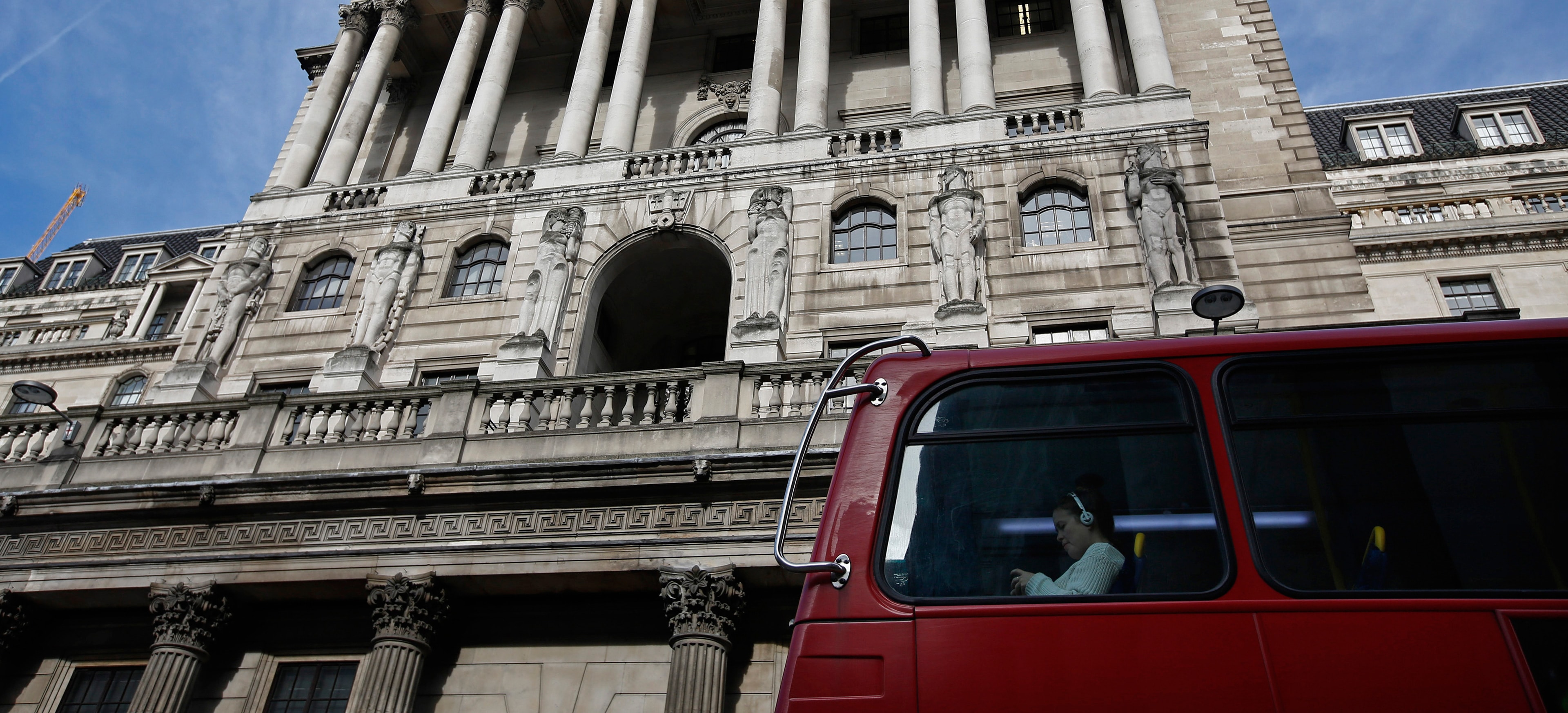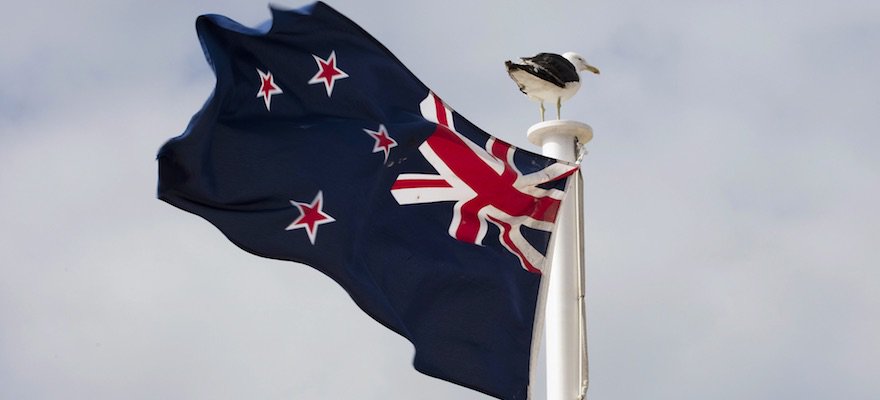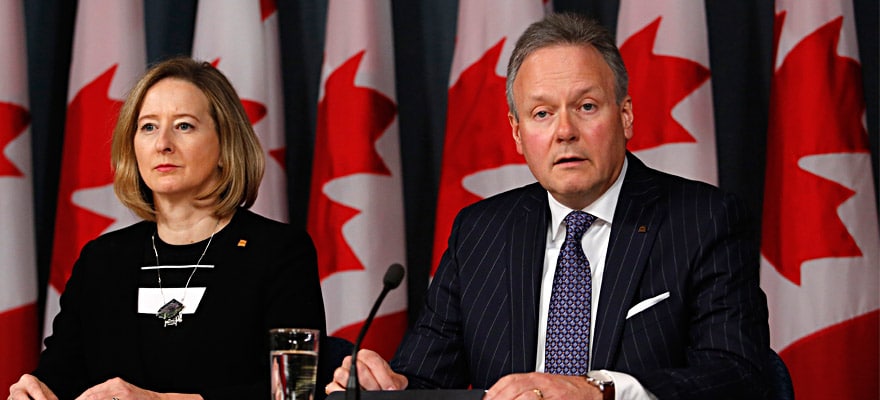On Thursday, August 6, the Bank of England released three major pieces of data simultaneously. In the past, the bank released its MPC meeting minutes, the official bank rate decision and the Quarterly Inflation Report at separate times.
As the bank has not changed its benchmark interest rate since 2009 and has specified that it won’t do so until approximately early 2016, the rate decision was always going to be a non-event. In essence the bank released two vital data pieces; the minutes which reveal the bank rate votes and the QIR containing inflation and growth forecasts.
Whereas in the past the minutes were released two weeks after the meeting to which they were related, from now on they will be released concurrent with the monetary policy decision, which is the purpose of the meeting.
The market was expecting a 7-2 split of the votes – a departure from the prior unanimous vote by nine members to keep rates on hold. There was even speculation that a third member, David Miles, could vote for a hike, given his recent hawkish comments. The vote showed only one member, Ian McCafferty, voted for an increase of the official bank rate.
This disappointed the market, given the recent rally in sterling partly attributable to the 7-2 vote expectation. Sterling saw immediate downside upon release, however it was the details in the Inflation Report that added to bearish pound sentiment.
The Report illustrated that the bank forecasts inflation to remain pressured until at least the middle of next year. This is attributed to a renewed fall in oil prices and a higher sterling currency which makes GBP exports less competitive and reduces demand, and in turn, prices. Carney struck his usual hawkish tone in the press conference afterwards by saying that a strong pound would not preclude any rate hikes.
What deserves further investigation is how this lowering of near-term inflation forecasts affects the market’s current interest rate expectations. The UK’s consumer price index for the year ending June 30 resides at zero while the core reading at 0.8%. We saw the UK enter deflation back in April and a dip back into negative territory is still a real possibility.
CPI Expectations
So how can a bank be discussing rate hikes when the economy is a thin shave away from deflation? The answer lies in the longer term forecasts. The Inflation Report shows that the BOE expects CPI to reach the 2% target in the next two years. Therefore, the timing of the first rate hike will depend on the future time frame on which the Bank is focusing. If the Bank focuses on only the next six months of inflation, then a rate hike would seem absurd.
However, if the bank looks at the two-year inflation projection and views first rate hike as merely an initial move in a series of moves higher, then the decision to hike in early ’16 makes more sense. It’s apparent from McCafferty’s vote as well as Carney and Miles’s recent hawkish language that the BOE is looking at inflation in the context of the longer-term, two-year horizon.
This is also evident in the recent minutes showing that some of the MPC members saw upside risks to medium-term inflation and pondered when to begin removing the current asset purchase facility.
Clearly, any immediate threat to rate hikes will come from near-term CPI expectations, and this will largely be influenced by global oil supply. A nuclear deal with Iran may see sanctions lifted and a further half a million barrels per day added. Such a development will likely put downward pressure on consumer prices. However, these price decreases will fade over the two-year horizon – as the CPI target refers to price changes over a twelve-month period.
Despite the near-flat six-month inflation expectations, MPC member David Miles saw that there was a reasonable “case for beginning the [rake hike] journey now." It was the near-term fall in inflation expectations that caused him to vote to remain on hold. “For me that was what made the decision ultimately one to keep policy on hold.”
As long as the MPC continues to focus on the longer-term horizon, we may see BOE rate hike expectations remain in place for early 2016 as the effect of lower oil prices on CPI begins to fade in about six months’ time.

















